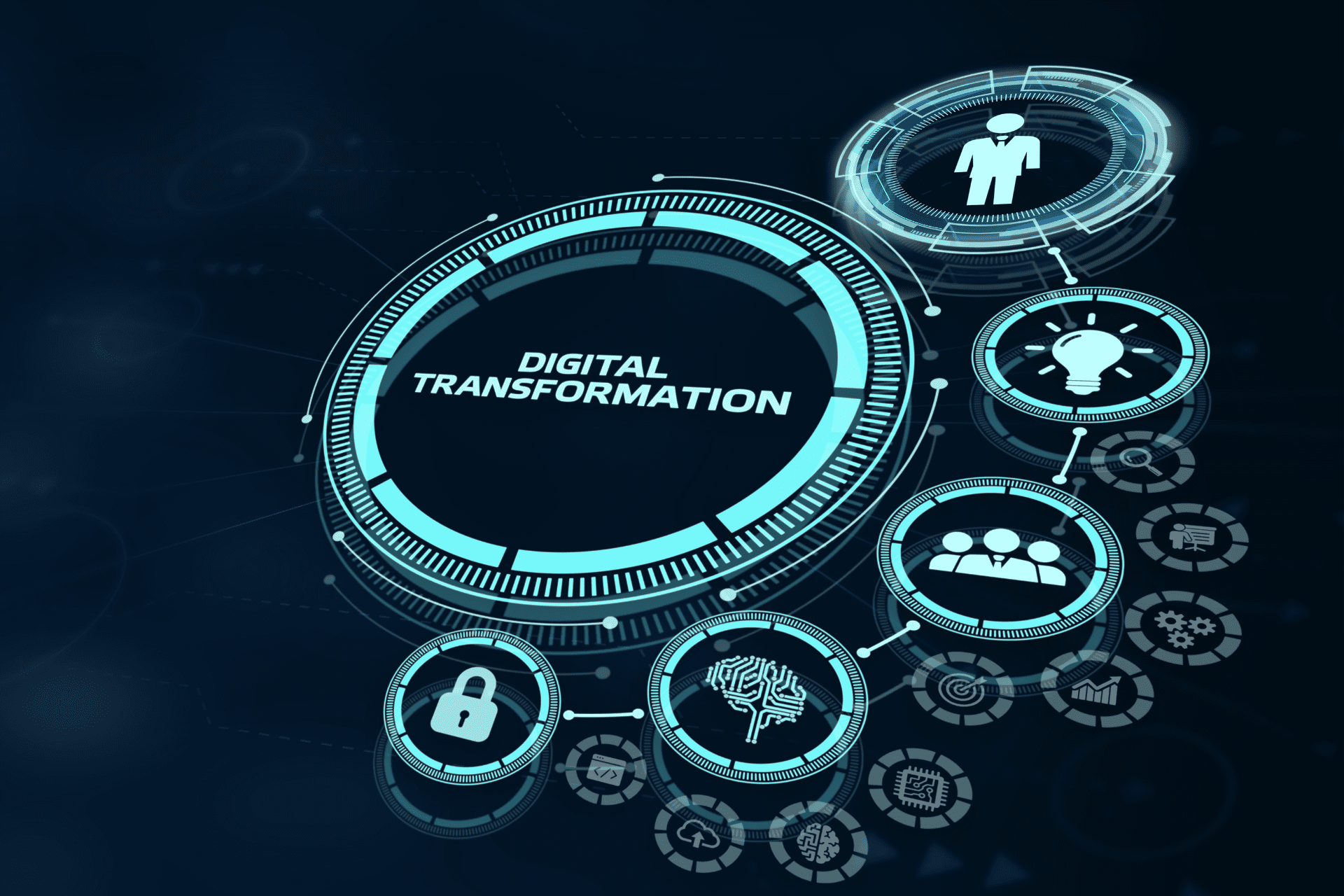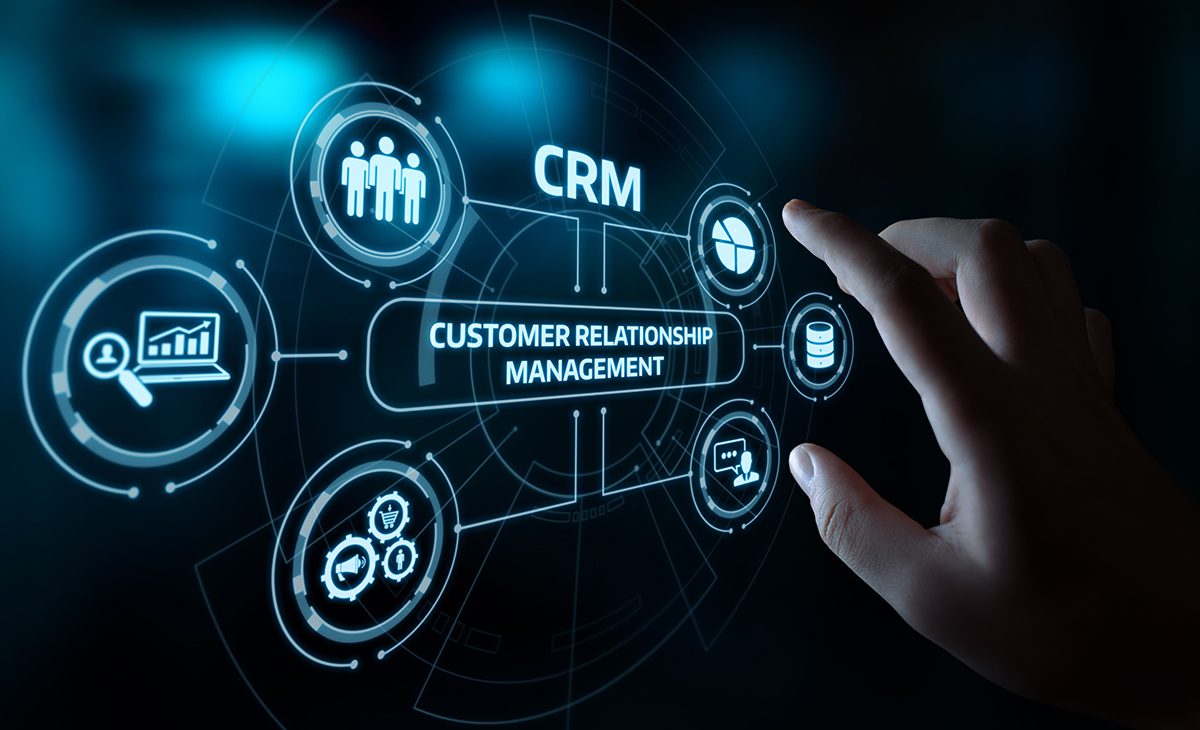Share
Read also

Trends & Views
Digital transformation strategies

Business Software
CRM 2025 market: Response to increasing customer demands

Business Software
Understanding the ERP lifecycle management

Mobility
How is EM shaping the way SMBs operate?
By now, it is a common secret that cloud computing architectures are the future when it comes to the design and operation of IT systems. Nevertheless, it is not rare for business executives to become “confused” when the issue of cloud computing comes up, since they consider it highly sophisticated and express strong doubts and reservations, as people always do with things they do not fully understand. If you come to accept, though, that cloud computing is a more advanced, new generation technology that is actually based on, and in many cases utilizes, well-known older technologies, the mystery is more or less solved.
In the past few years, there has been an exponential growth of applications. They are more mobile, light and available in comparison to the recent past. There is, though, a common characteristic that all applications share: they run on an operating system and, of course, the cloud infrastructure this has been built upon. The difference is that modern operating systems are now moving into a future where they are required to manage applications hosted in multiple places. So, their role is more complicated, as they need to configure applications along a series of hosts and provide them with services and APIs, in order to place them at the right sources.
Continuity and mobility are two extremely crucial factors, regardless of the environment where the applications are installed and used in. For example, it would be inconceivable not to have a stable operating system or middleware in different clouds that would allow applications to run anywhere, without any obvious differences and changes in their functionalities and performance.
Some of the most common issues that businesses have to solve are proper management and protection of their data, and maintaining control over the access and usage of their IT resources. To achieve this, you need to have specific processes, that are consistently applied – something offered by advanced systems. For example, a cloud management platform provides a series of processes, ranging from control and registration to full reporting and estimations.
You may have heard of SaaS (Software as a Service), but it is now time to add IaaS (Infrastructure as a Service) to your technology vocabulary. What does IaaS offer? It simplifies the IT infrastructure and at the same time makes it more “intelligent”. As a result, the gap created by the mismatch between business needs and demands, and the actual capabilities of IT, is now almost fully eliminated!
Finally, it would be useful to be able to centrally manage all your services, applications and processes via a unified interface, regardless of their provider or location. Actually, thanks to the existing unified hybrid management solutions, you can transform the existing virtual environments to private or hybrid clouds, or even both! You simply have to choose and add new IT infrastructure platforms, in order to extend your cloud model and benefit from more competitive cost, maximized performance, flexibility, and so on. The choice is yours!







